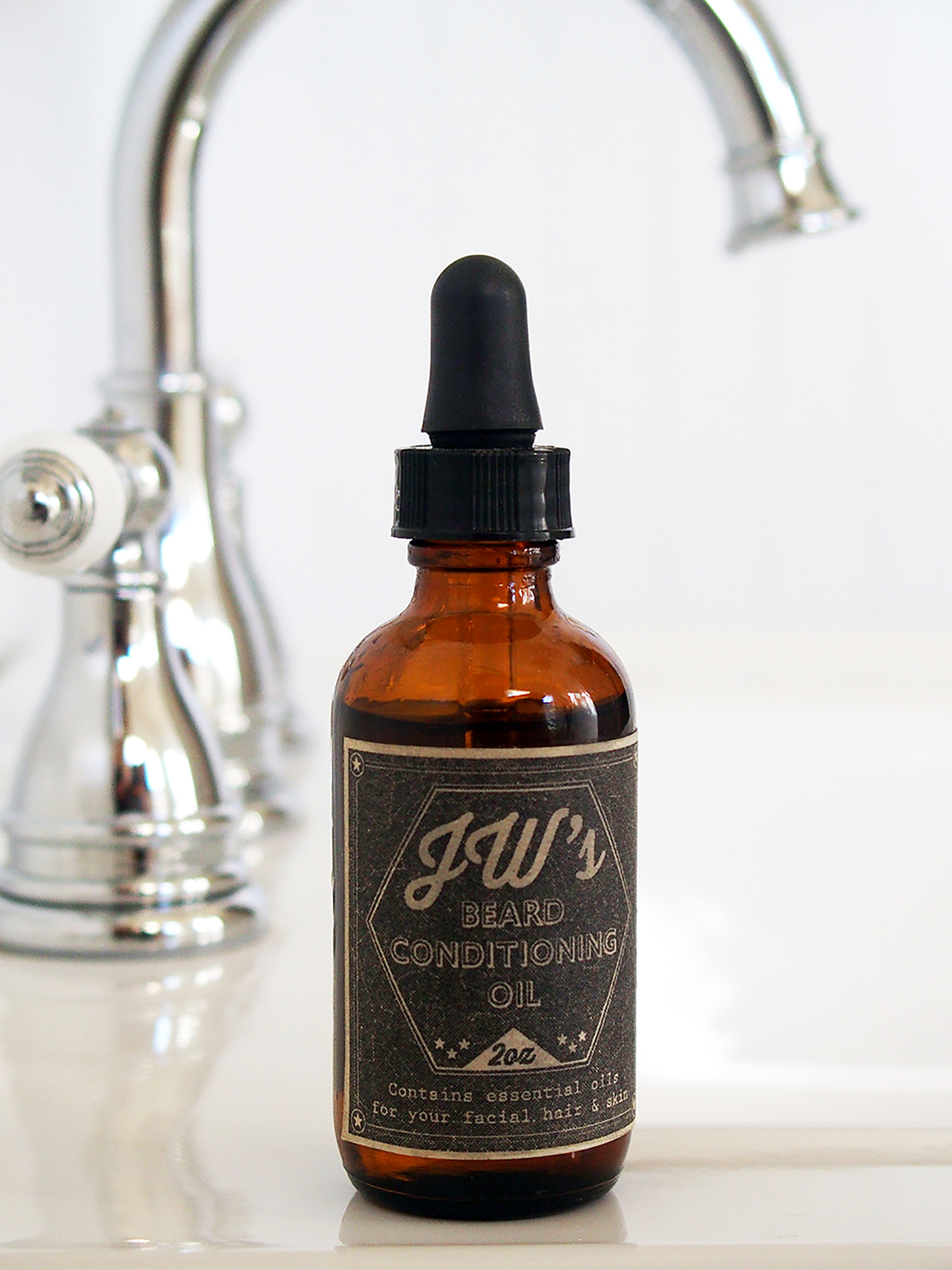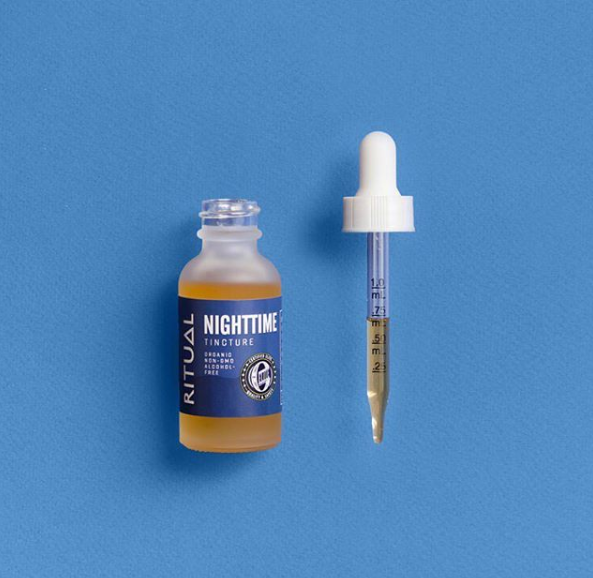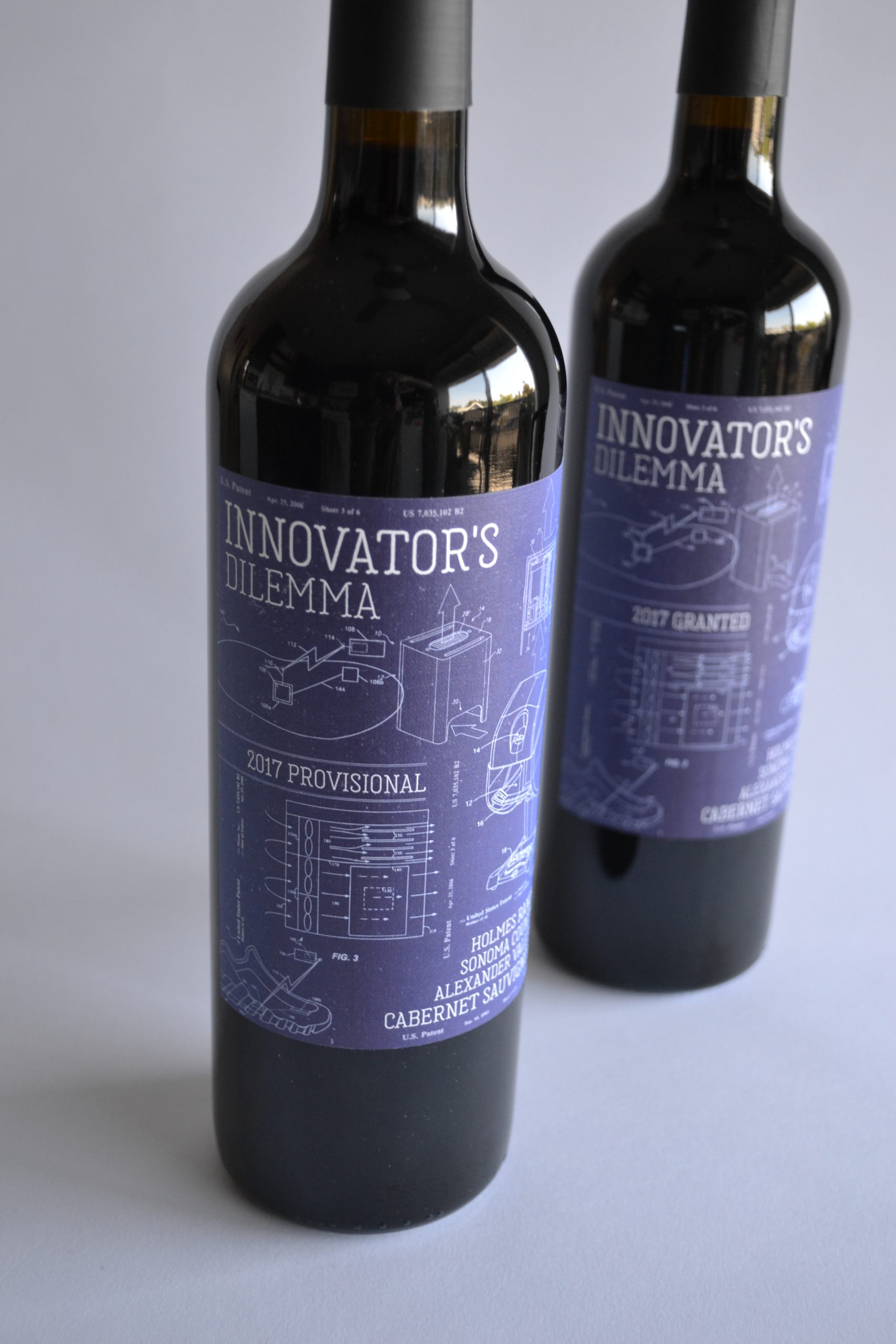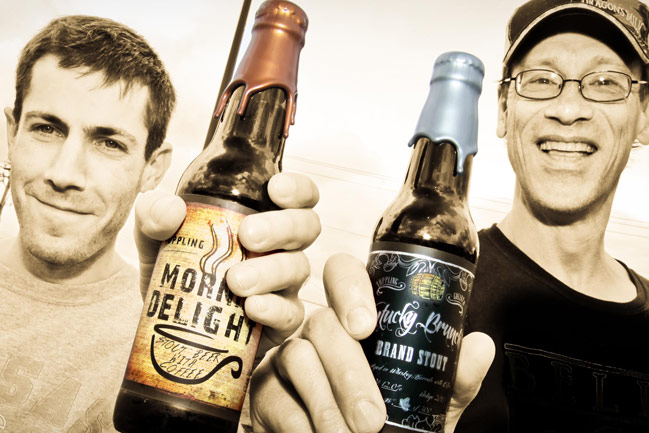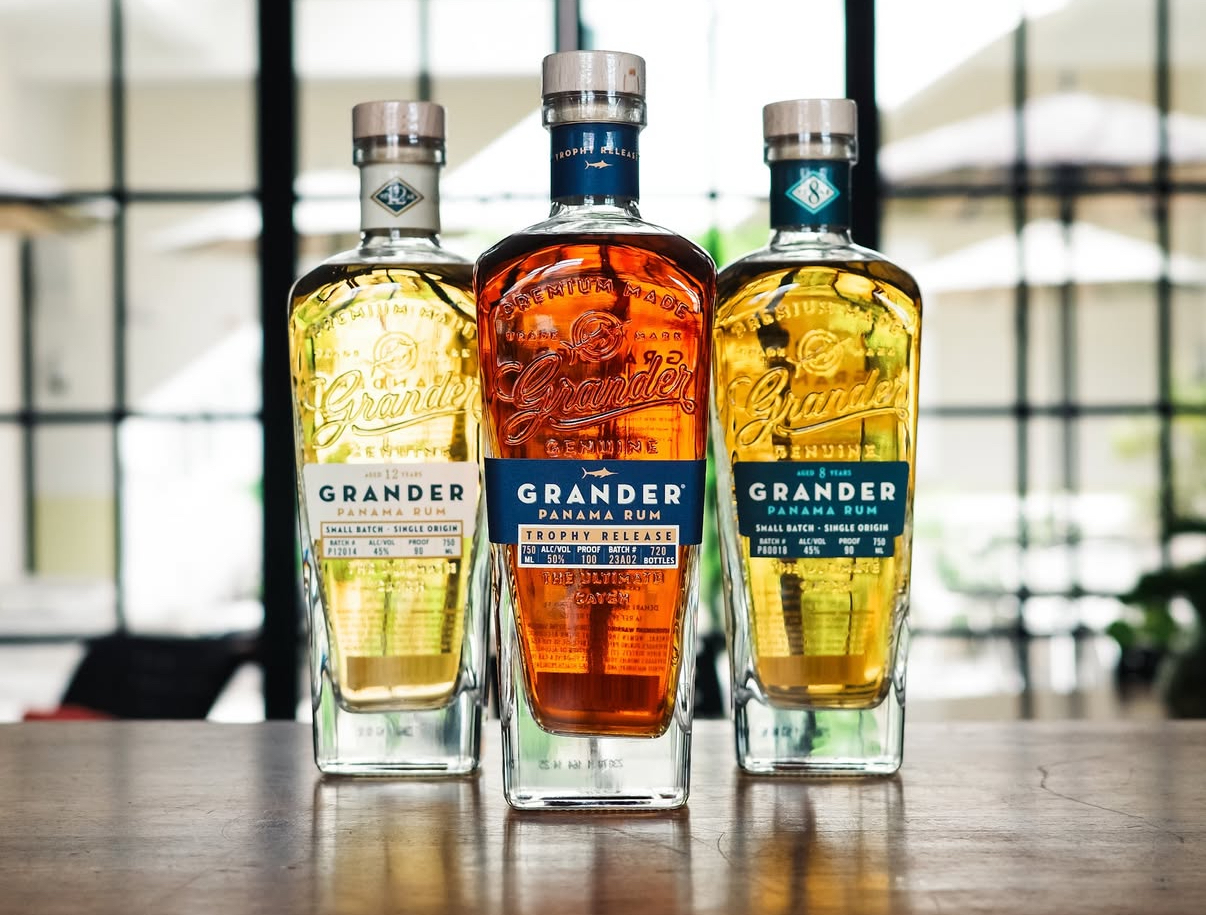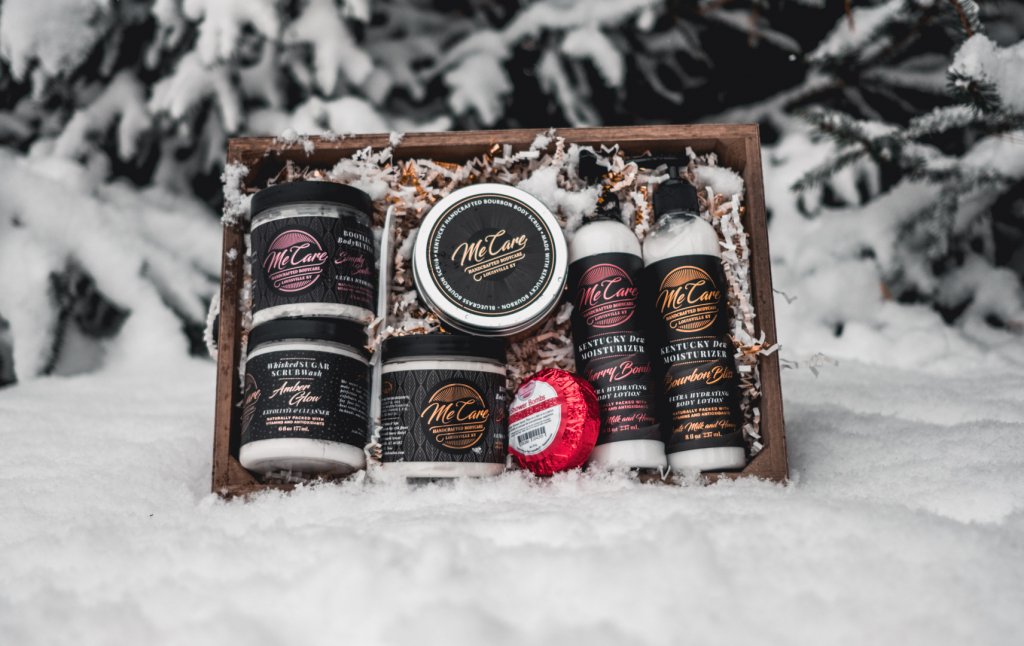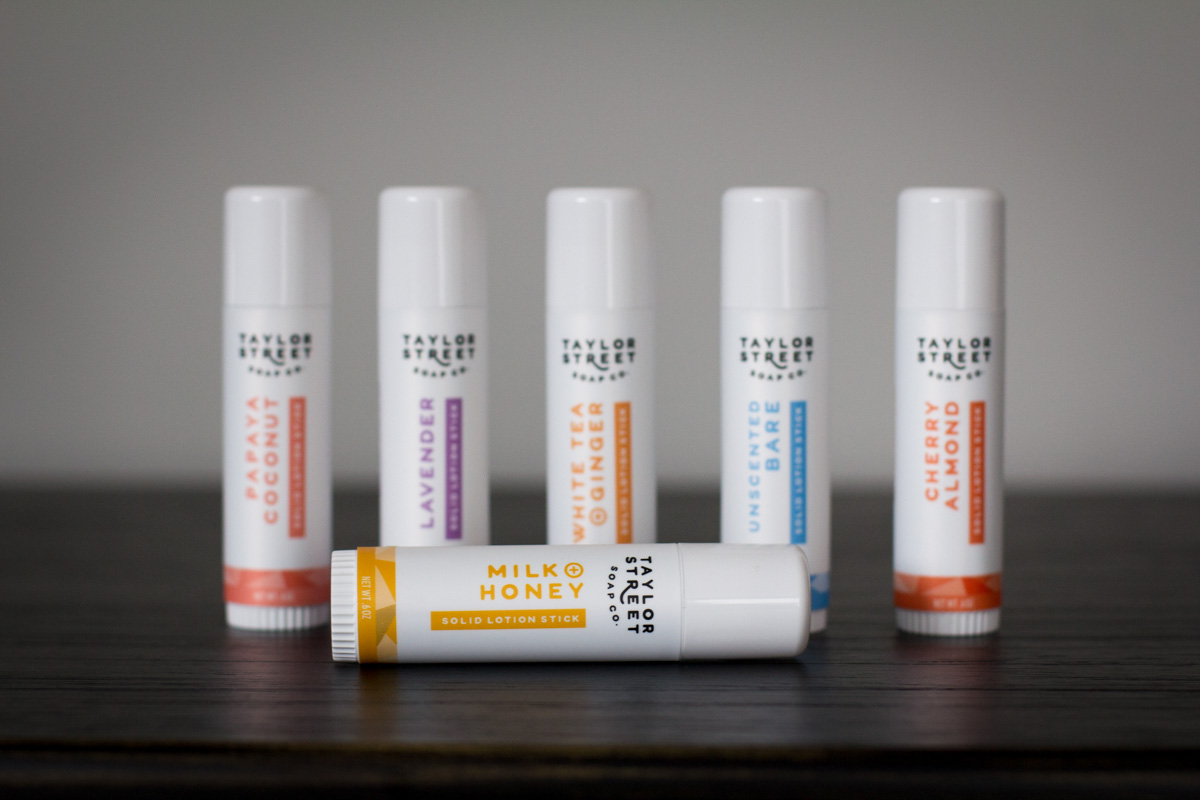What Label Materials are Best for Tincture Bottles?
- materials
Not all labels can stand up to oil, moisture, cold storage, or the curved surface of a tincture bottle.
If you’re figuring out which label material actually works for commercial tincture packaging, this guide walks you through what actually works and what to avoid when labeling commercial tincture bottles.
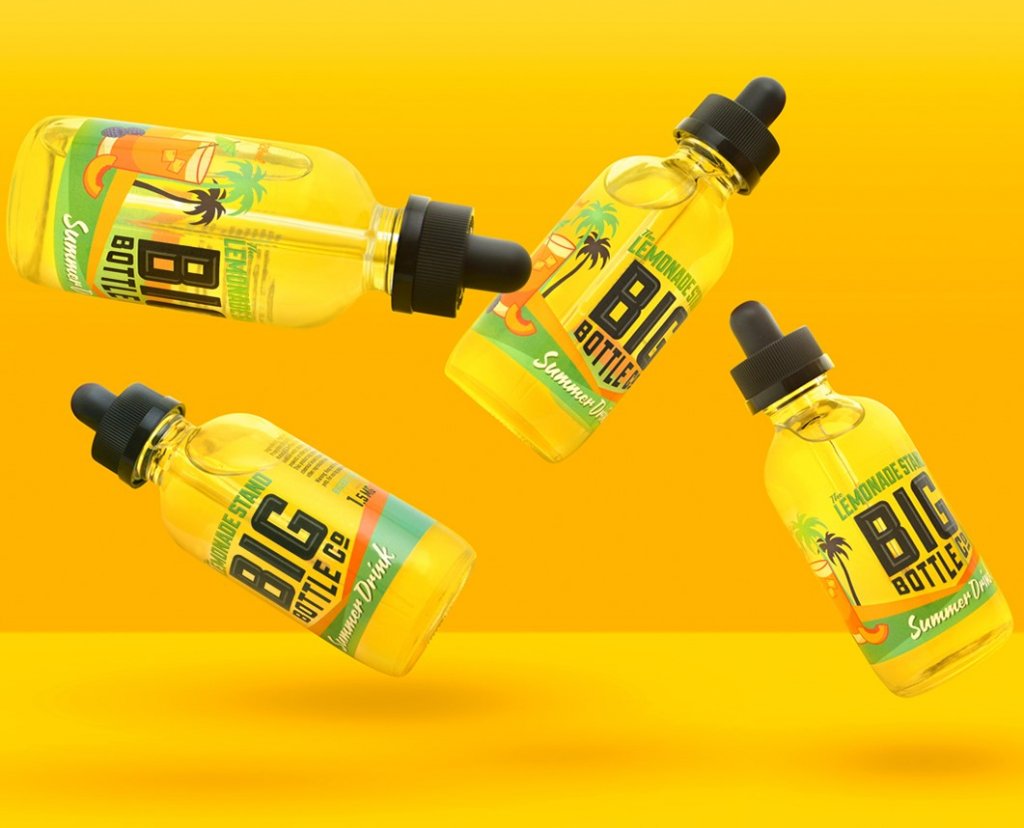
BOPP: Our Go-To for Durable, Versatile Tincture Labels
BOPP (biaxially oriented polypropylene) is a film-based label material, meaning it’s a thin plastic film made for strength and clarity. It’s one of the most commonly used label materials for commercial tincture bottles thanks to its durability, moisture resistance, and ability to conform to curved surfaces like 1 oz droppers.
Why we recommend BOPP for tinctures:
- Resists moisture, oil, and abrasion. Great for bathroom cabinets, fridges, and a variety of shipping conditions.
- Looks sharp. Available in clear, white, or metallic. Clear BOPP can give you that sleek “no-label” look.
- Flexible and conformable. Especially important for 1oz or smaller dropper bottles.
- Pairs well with finishes. Works great with gloss or matte lamination, spot varnish, foil stamping, and more.
- Compatible adhesives. Permanent adhesives are designed specifically for curved bottles.
Best for: High-end CBD tinctures, essential oils, cosmetics, and anything that needs to survive real-world use without looking ragged in a month.
Shrink Sleeves: Full Coverage & Tamper-Evident in One
Shrink sleeves are printed on heat-sensitive plastic film (typically PETG, a common shrink film known for clarity and shrinkability) that conforms to your entire bottle when heat-shrunk.
You get full wraparound branding and the tamper-evident seal can be built in.
Why we recommend shrink sleeves for tinctures:
- Full-body coverage. Great for premium branding or seasonal promotions.
- Reverse printing. Protects the design under the film.
- Waterproof and chemical-resistant. Holds up in fridges, wet environments, and heavy handling.
- Tamper-evident. Shrinks over both bottle and cap.
What to watch out for:
- Requires heat tunnel for application. Not always feasible for every production line.
- Slightly more expensive. Shrink sleeves can run 20–25% more than BOPP at moderate run sizes (e.g., 5,000–25,000 units), especially when factoring in setup and heat tunnel requirements.
- Be ready for more prep work upfront. Artwork needs to account for shrink distortion. (For example, text or logos placed near the neck of the bottle may warp during application if not adjusted in the design phase)
Best for: High-impact retail packaging, multiple SKUs, or products that require tamper evidence or full-body branding.
Paper Labels: Textures & High Quality Finishes
Paper labels still have a place in tincture packaging, particularly when you’re aiming for an artisan or eco-conscious brand vibe.
Why we recommend paper (sometimes):
- Takes specialty finishes well. Works well with embossing, foil, matte/gloss varnish.
- Great for short-run SKUs or limited editions. Especially if you need a quick turnaround.
What to watch out for:
- Poor moisture and oil resistance. Uncoated paper labels generally struggle with moisture and oil exposure. However, adding lamination or using specialty-coated paper stocks can improve performance (though that often brings costs closer to film-based options like BOPP).
- Less durable overall. Can scratch or scuff during shipping or handling if uncoated.
- May lift on curved bottles. Especially if not applied with the right adhesive.
Best for: Dry-storage products, limited runs, or brands that want a more natural paper texture.
Quick Comparison Table
| Feature | BOPP | Shrink Sleeves | Paper Labels |
| Water/Oil Resistance | Excellent | Excellent | Poor (without laminate) |
| Durability | High | Very High | Low-Medium |
| Cost per Unit | $ | $$$ | $$ |
| Print Finish Options | High | Very High | High |
| Tamper Evidence | No | Yes | No |
| Good for Curved Bottles | Yes | Yes | Sometimes |
Material Recommendations by Use Case
- Most commonly recommended material for glass tincture bottles: BOPP—Conforms to curves, resists oil and moisture, looks premium
- Best for products that go in the fridge or bathroom: BOPP or Shrink Sleeves—Both stand up to humidity and water.
- Best if you need tamper evidence built in: Shrink Sleeves—Eliminates the need for a separate seal.
- Most embellishment options: Paper—Great option if you want to add more to the look of your product with texture or finishes.
Wrap-Up
BOPP, shrink sleeves, and paper labels each bring different strengths to tincture packaging. Choosing the right one depends on where your product lives, how it’s handled, and how you want it to show up on the shelf.
Not sure which label material makes sense for your bottles? Contact us and we’ll walk you through it.
